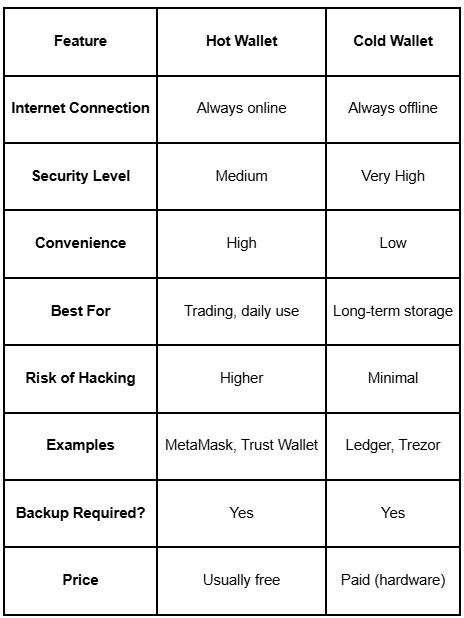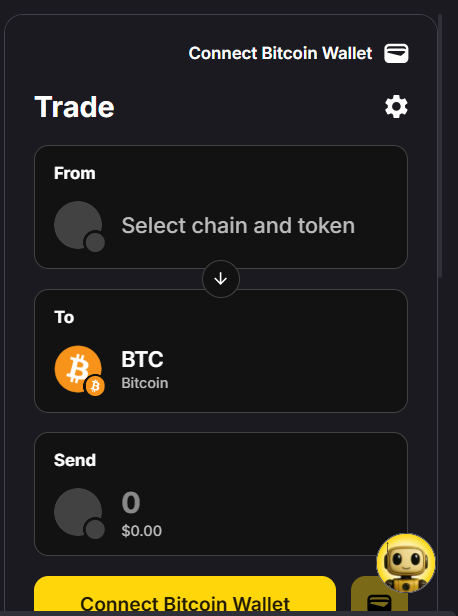
Understanding Web APIs: A Comprehensive Guide

What is a Web API?
A Web API is an interface that allows different software applications to communicate with each other over the internet. Essentially, it is a set of protocols and tools for building and interacting with software applications remotely via the web. APIs enable developers to access specific functionalities or data from external services without having to understand the internal workings of those services.
Core Components of Web APIs
Understanding the basic components of Web APIs helps clarify their importance in modern software development:
- Endpoints: URLs where API services can be accessed.
- Request Methods: Common HTTP methods used by Web APIs include GET, POST, PUT, and DELETE, defining the type of operation to perform.
- Headers: Metadata for requests and responses, such as content type and authentication tokens.
- Payload: The data sent with requests or received in responses, usually formatted in JSON or XML.
How Web APIs Work
Web APIs function by receiving requests from clients and returning appropriate responses:
- Client Request: A client application, such as a web app or mobile app, sends a request to the Web API's endpoint specifying the desired operation.
- Processing: The API processes the request, which may involve querying databases, business logic execution, or calling other services.
- Response: The API sends back data or status messages in a structured format that the client can handle.
This request-response mechanism allows seamless integration between diverse systems and applications, facilitating interoperability and automation.
Types of Web APIs
There are several types of Web APIs, each suited for different purposes:
- REST APIs: Representational State Transfer APIs are stateless and use standard HTTP methods. They are widely adopted due to simplicity and scalability.
- SOAP APIs: Simple Object Access Protocol APIs focus on strict standards and built-in error handling, often used in enterprise environments.
- GraphQL APIs: Allow clients to request exactly the data they need, reducing over-fetching and under-fetching.
- WebSocket APIs: Facilitate real-time two-way communication, ideal for live data and messaging applications.
Web API Integration and Applications
Web APIs are foundational to many modern software ecosystems. They enable:
- Third-Party Integrations: Incorporate services like payment gateways, mapping tools, or social media authentication.
- Mobile and Web Applications: Retrieve and update data dynamically, improving user experience.
- IoT Devices: Exchange data with cloud services to enable smart functionalities.
- Crypto and Blockchain Platforms: Access market data, trading functionalities, and analytics through specialized APIs.
For example, the Token Metrics API provides a robust crypto API allowing seamless access to cryptocurrency data and metrics, supporting data-driven decision-making in crypto trading platforms.
Security Best Practices for Web APIs
Securing a Web API is crucial due to its exposure over the internet. Important measures include:
- Authentication: Implementing secure methods like OAuth, API keys, or JWT tokens to verify users.
- Authorization: Ensuring users can only access permitted resources.
- Input Validation: Preventing injection attacks by sanitizing inputs.
- Rate Limiting: Protecting APIs against abuse and denial-of-service attacks.
- HTTPS Usage: Encrypting data in transit for confidentiality and integrity.
Advantages of Using Web APIs
Leveraging Web APIs in software development brings multiple benefits:
- Modularity and Reusability: APIs allow developers to build modular components that can be reused across applications.
- Scalability: APIs are designed to handle varying workloads, supporting scale efficiently.
- Faster Development: Accessing pre-built services via APIs accelerates development timelines.
- Interoperability: Different technologies and platforms can communicate seamlessly through standardized APIs.
How AI and Data Analytics Enhance Web API Usage
Integrating AI and advanced data analytics with Web APIs can improve insights and user experiences. For instance, in the crypto domain, AI-driven platforms like Token Metrics utilize APIs to aggregate data and provide analytical ratings that inform research and trading strategies without offering financial advice.
By automating data retrieval via Token Metrics API and applying machine learning, businesses can unlock deeper insights while maintaining neutrality and compliance.
Getting Started with Web APIs
To effectively utilize Web APIs, consider these practical steps:
- Identify Needs: Define the data or functionality required by your application.
- Research APIs: Explore and compare available APIs, such as the best crypto API if working in the crypto space.
- Review Documentation: Thoroughly read API docs for endpoints, authentication methods, and rate limits.
- Prototype and Test: Use API testing tools like Postman to explore responses and errors.
- Implement Securely: Incorporate security best practices when integrating APIs into your application.
Conclusion and Summary
Web APIs are essential building blocks for modern digital applications, enabling diverse systems to communicate over the internet efficiently. Whether creating mobile apps, connecting to blockchain data via a crypto API, or integrating analytics platforms like Token Metrics, understanding Web APIs empowers developers and businesses to innovate responsively.
Adhering to best practices in design and security ensures APIs remain reliable and safe tools within the technology ecosystem.
Disclaimer
This article is for educational and informational purposes only. It does not constitute investment advice, financial recommendations, or endorsements of any products or services. Readers should conduct their own research and consult professional advisors before making decisions related to cryptocurrency or technology investments.

.svg)

Create Your Free Token Metrics Account

.png)




%201.svg)
%201.svg)


%201.svg)







.png)












.svg)




.png)